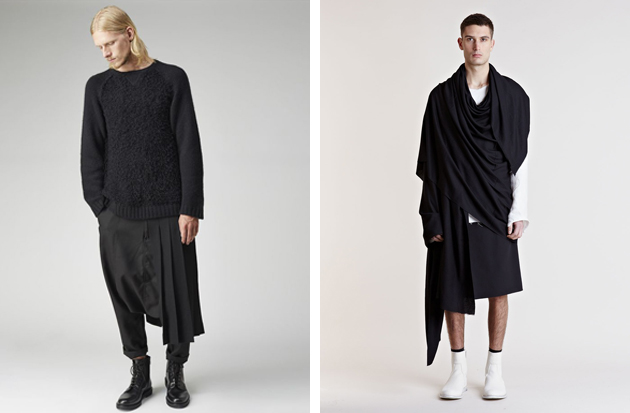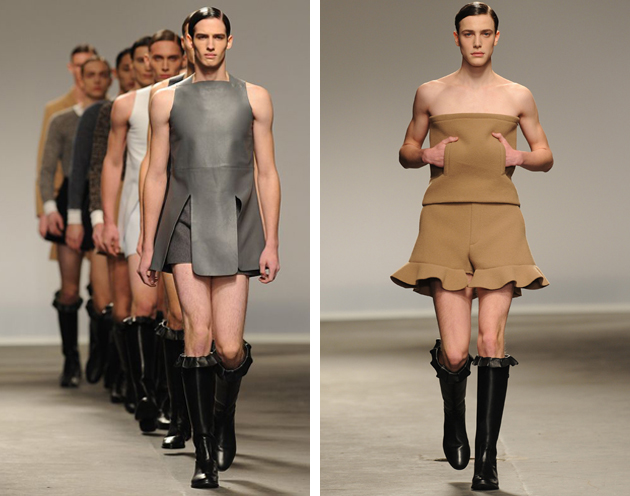
For seasons, if not decades, there has been the ruling trend of androgyny in womenswear. What started as a rebellious take on “la Garçonne” in the 1920s, soon became a vast and socially accepted phenomenon both on and off the runway. Pieces such as a blazer, loose fit jeans or a tuxedo shirt are all items that today can be found in any woman’s wardrobe. However, if we turn the looking glass to menswear have their wardrobes been influenced by womenswear?
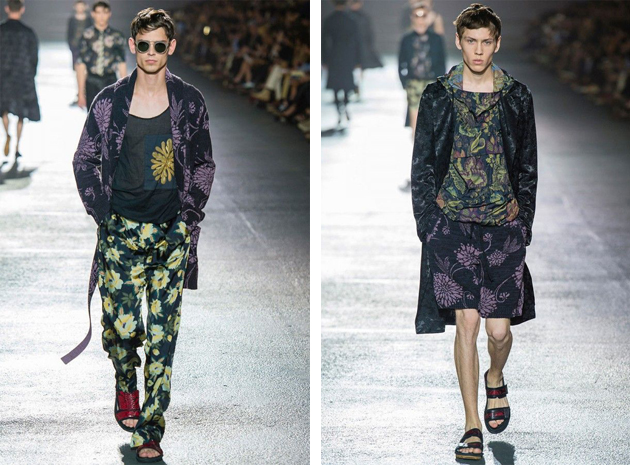
A rash answer would probably be no, and, to some extent, that is a correct assumption. Garments from female closets – such as skirts, dresses or blouses – are not generally seen on men in their everyday life. The spectrum in which a womenswear designer practices is, however, becoming narrower due to the sheer fact of how vast it was to begin with. Since the key to relevance in the fashion industry is novelty, experimenting with new structures, patterns and materials is always pushed forward and expected. The same can be said about menswear designers, but they have a larger space for creativity by today’s standards since their territory is relatively unexplored. That is perhaps why womenswear hasn’t already been exploited in menswear design. For now, there are simply smaller things translated from female wardrobe into the male one, such as accessories and make up. However, color schemes such as pinks and floral prints – previously viewed as only feminine – are not only acceptable but highly fashionable. Men in skirts are on the rise and ever so often seen on the runway, but mainly interpreted within the street style scheme. Still kept in muted colors and in some ways referencing the Scottish kilt, as seen at Marc Jacobs, the male skirts make a silent yet powerful statement.
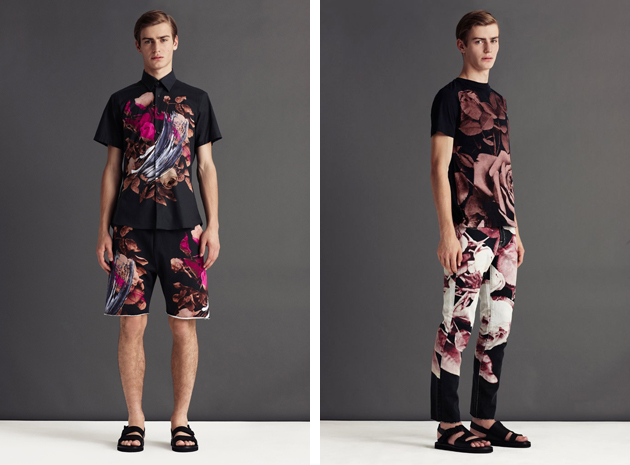
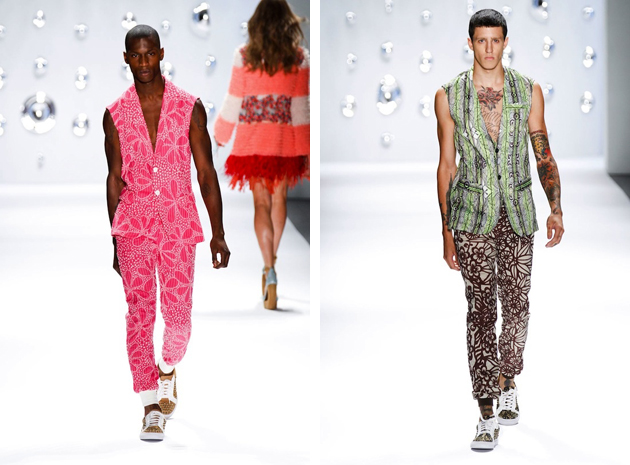
The contextual currency of fashion causes some womenswear-inspired piece in male wardrobe to decrease in value, often due to sheer distrust of their social acceptance, not necessarily among men but the general public. Nevertheless, the power of individual style has, in the past years, created a gateway for risk taking, making the entity a question about investment and personality.
